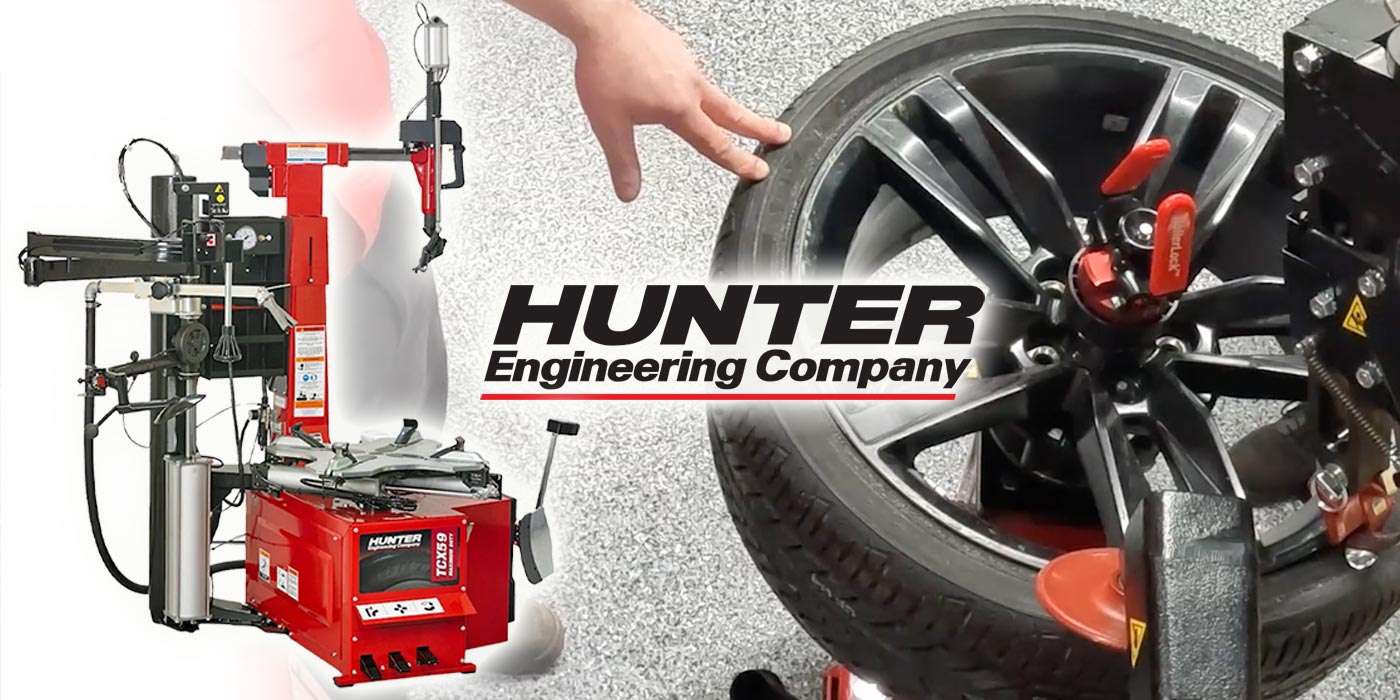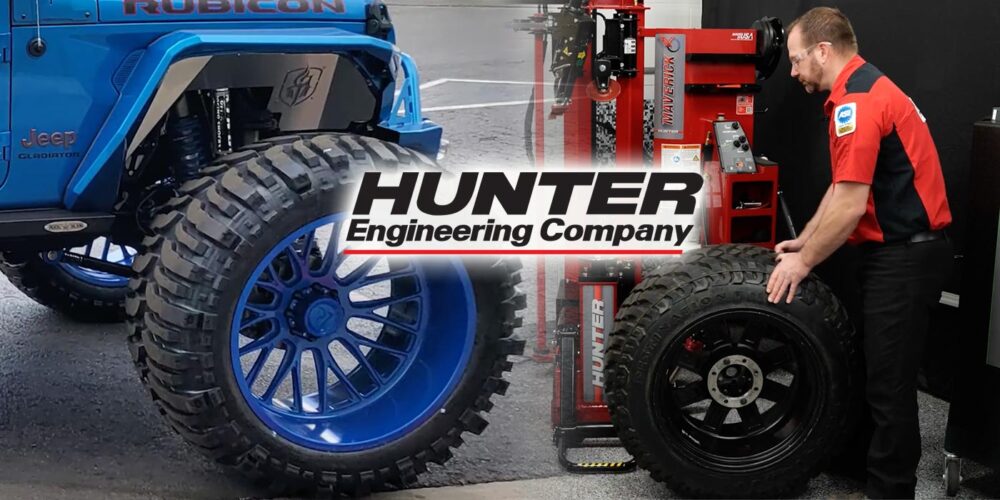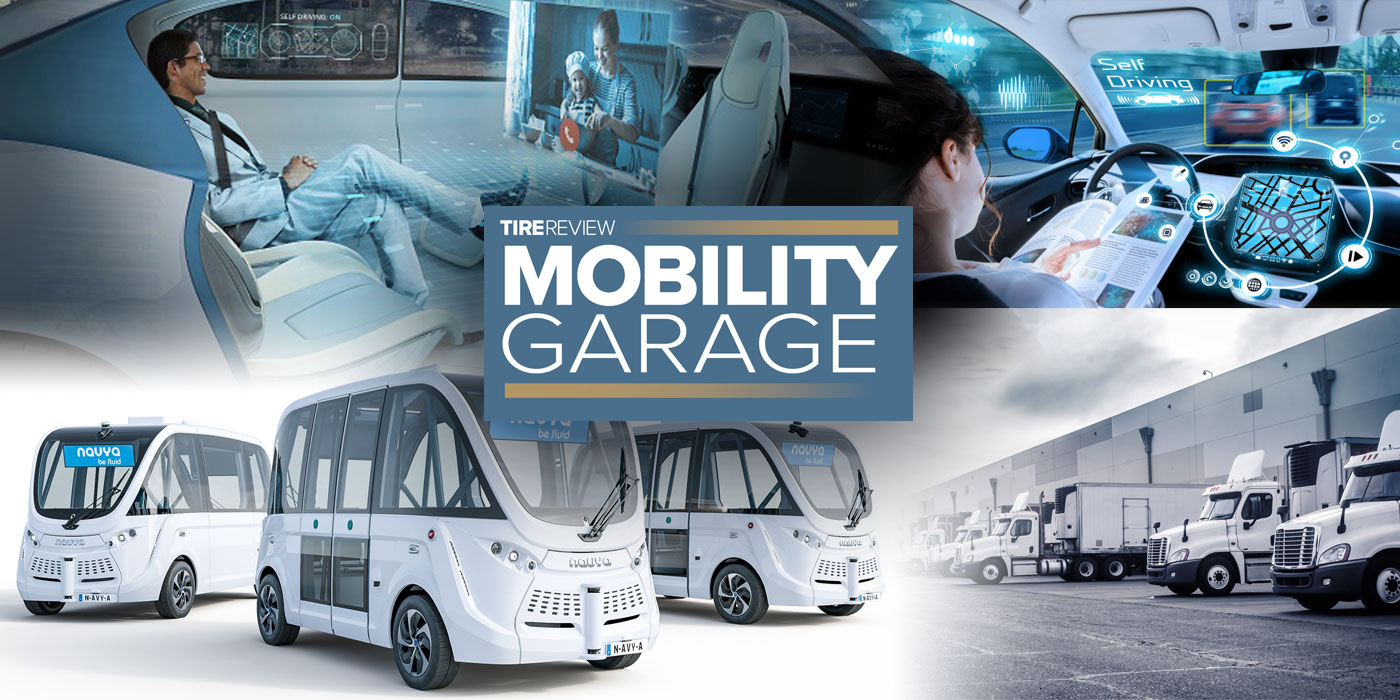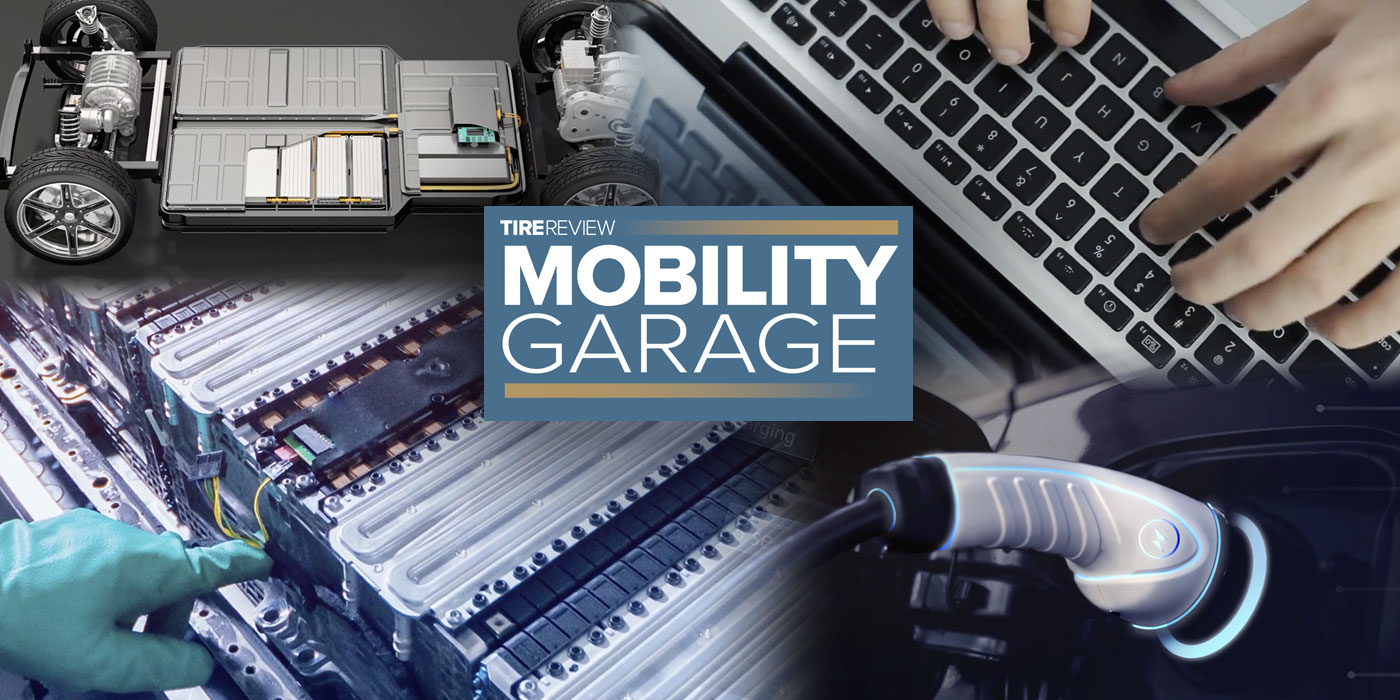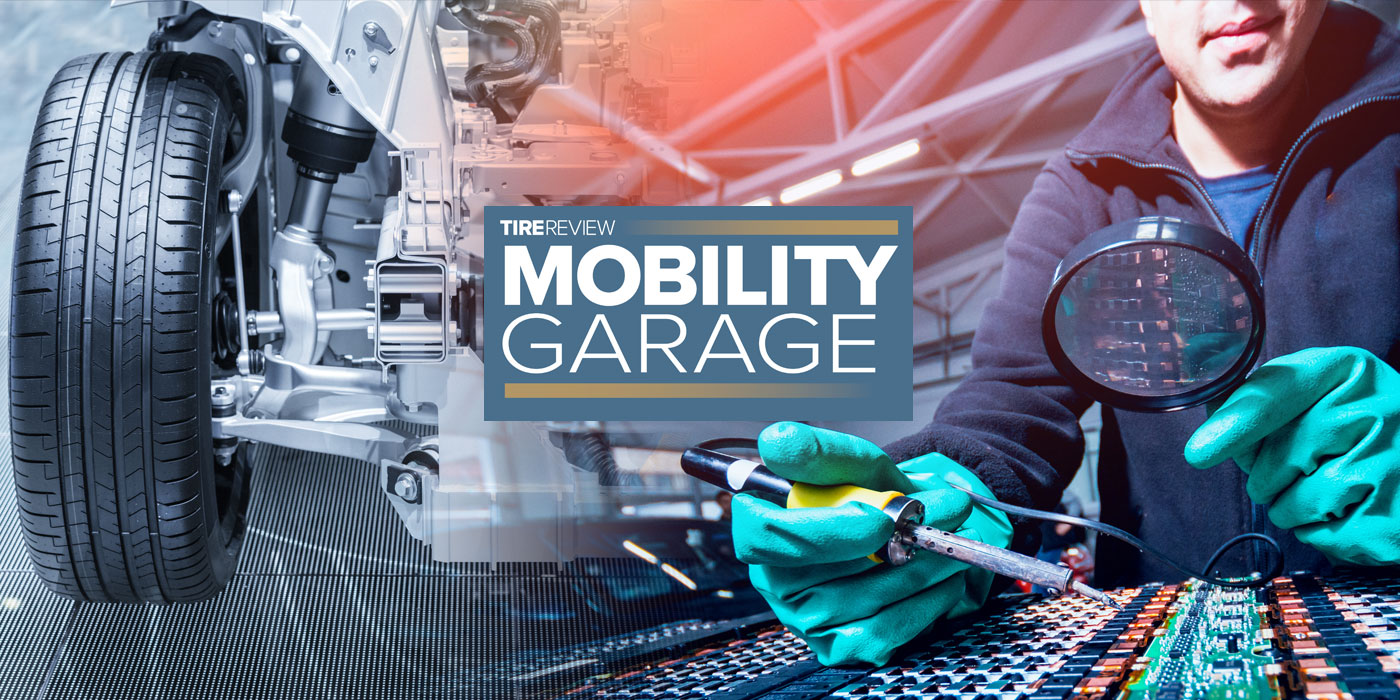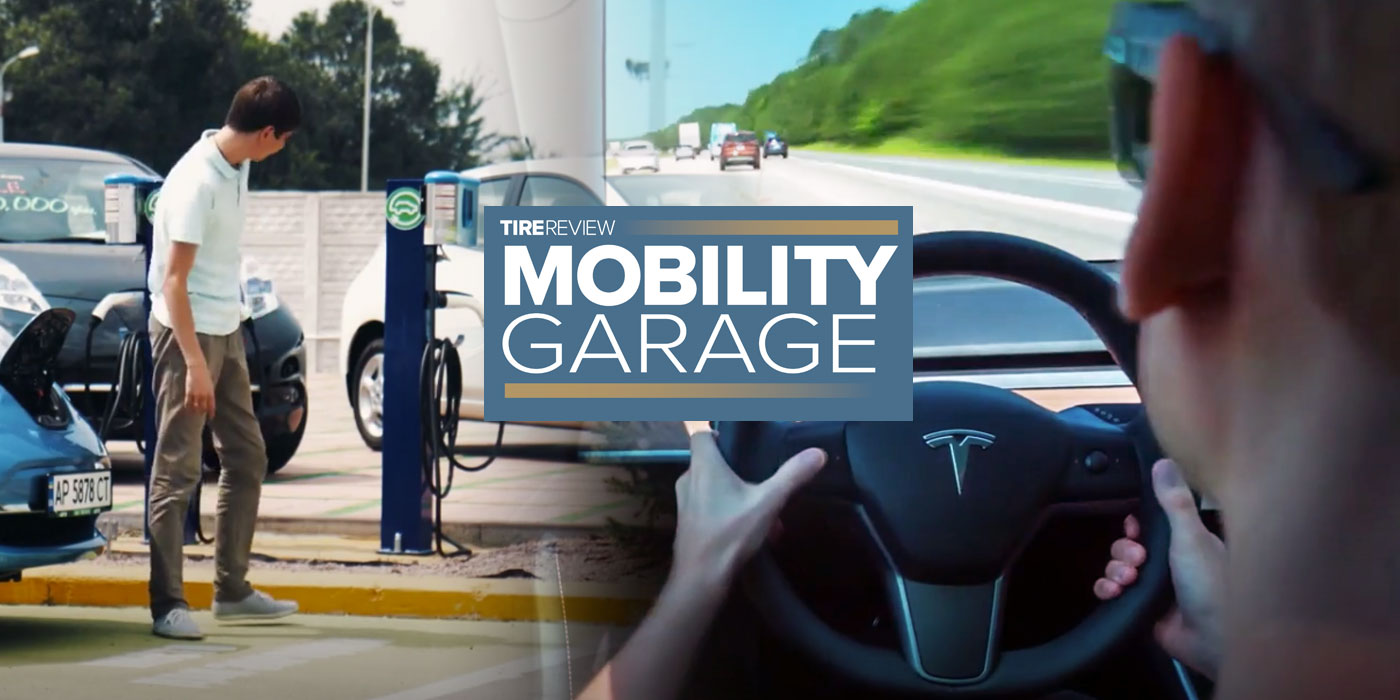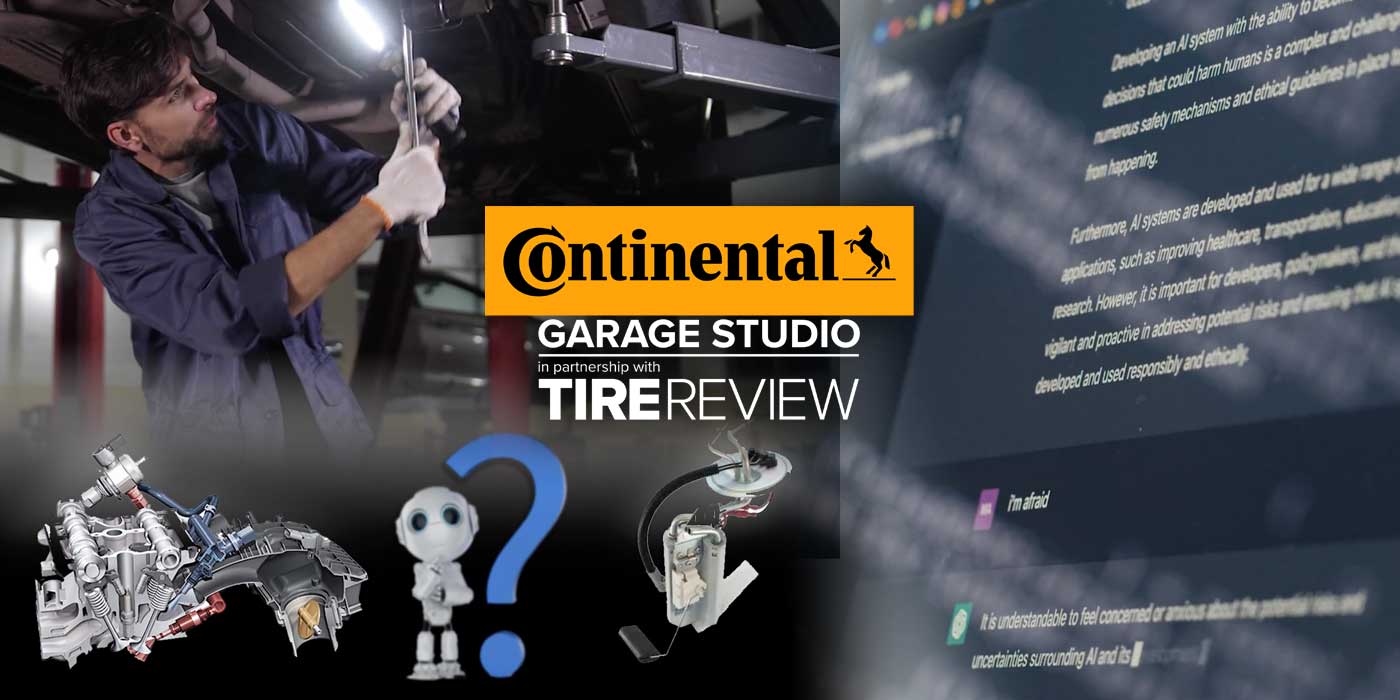Children are taught at an early age the importance of sharing. In business, there is the inherent attitude of beating the competition and getting your share. As automotive trends progress in the next several years, we’re going to see much more shared mobility. Do you know how it will affect you?
Looking for more from the MobilityGarage Video Series? Click here!
As we hear more about the changing technologies and trends in an evolving automotive segment, one big-picture item that catches our attention is the future effect on vehicle miles traveled. VMT, as it’s known, goes beyond the number of registered vehicles in a given market, and tells us how much those vehicles are actually used. Or in simple terms – how many miles they travel.
That is critical information related to the wear and tear on those vehicles … how fast some of the parts might wear out, especially tires.
If you sell replacement tires, you obviously love it when VMT is high. More miles means more tire wear, and more tires sold. And the projections we’re seeing in the future are that VMT should rise rather than fall. Some forecasters predict VMT will double globally by 2030.
Excellent news on the surface – right? But the fine print tells us that much of that future growth in VMT will be due to “shared mobility” – and not necessarily due to increased miles driven on personally owned vehicles. So, what effect might that have on a shop’s future business? If the regular customer base of personal vehicle owners shrinks and is replaced by cars in a shared fleet?
Briefly, let’s consider what a shared fleet might be. If you’re currently working with fleets, they’re likely commercial fleets … fleets of trucks, whether heavy-duty or light commercial vehicles, such as utility vans or even municipal truck fleets.
But, evolving shared fleets include new modes and service that have emerged. Think of traditional taxi fleets and then consider the commonplace usage in the past few years of Uber, Lyft and other businesses. Especially in metro markets, you now have pooled ride-sharing with strangers, peer-to-peer car-sharing (driving a stranger’s car as if it’s a rental car) and even shared electric scooters.
The next versions to consider will likely be autonomous taxis – known as robo-taxis – and the currently existing autonomous shuttles seen in some limited city routes or on business or college campus sites.
This shared mobility topic also includes a term, e-hailing. Instead of hailing a cab, a user is “hailing” the shared ride service on an electronic device … a smartphone.
But from the shop owner’s point of view, why does all of this matter? And what can you do about it?
It matters because those all-important VMTs are going to increasingly be generated by these shared mobility platforms, rather than by personally owned vehicles. So, it’s vital to have a dual focus – still pursuing the individual car owner for replacement tires and service, but also identifying and targeting these new shared mobility businesses to grab a piece of that pie.
And from what we’ve observed thus far, most of these shared mobility companies are comprised of smart people from the tech world – who don’t have a background in automotive – and they don’t have a real interest in it, either. And that means there is an opportunity for those who can fill that void in a “Do It For Me” perspective.
So really, just like you’d provide service for other fleets – your traditional commercial fleets that will turn over their service and maintenance programs to an external provider – this is a similar opportunity. Identifying any emerging shared fleets in your market right now – and then creating a relationship with them – is exactly what to consider doing. Shops letting these operators know of the service and maintenance expertise that’s available, especially via mobile servicing, will be the future winners.
Just as fleet trucks need to keep moving to deliver their freight in a timely manner, so, too, do the fleets that are delivering passengers to a destination. Any outside provider who can reduce the downtime and increase efficiency for these emerging businesses has an advantage. An individual aftermarket shop can seek this shared mobility business on its own, or work with its major tire suppliers to become part of a network servicing program the larger manufacturers might already be rolling out.
Even the type of replacement parts, especially tires, should be considered when looking at future shared mobility vehicles. In many cases, the individualization of personal vehicles is diminished when compared to broad fleets. Sportiness and larger rim diameters give way to utility. From what we’re seeing in some of these shared mobility vehicles, it leads back to smaller rim diameters and less aggressive tread designs. These fleets want efficiency and ride comfort.
Again, watch trends and work with your tire suppliers to learn where the market is headed. For a few years yet, there will be parallel paths, but expect future autonomous shuttles and robo-taxis to drive the push back to more utilitarian sizes and types of tires.
The pace of shared mobility will depend upon regulatory developments, whether metro governments de-incentivize or even restrict private car ownership, technology advancements in autonomy, and – of course – consumer adoption.
It’s a lot to absorb, but doing it now helps you get around the coming curve in the road.




